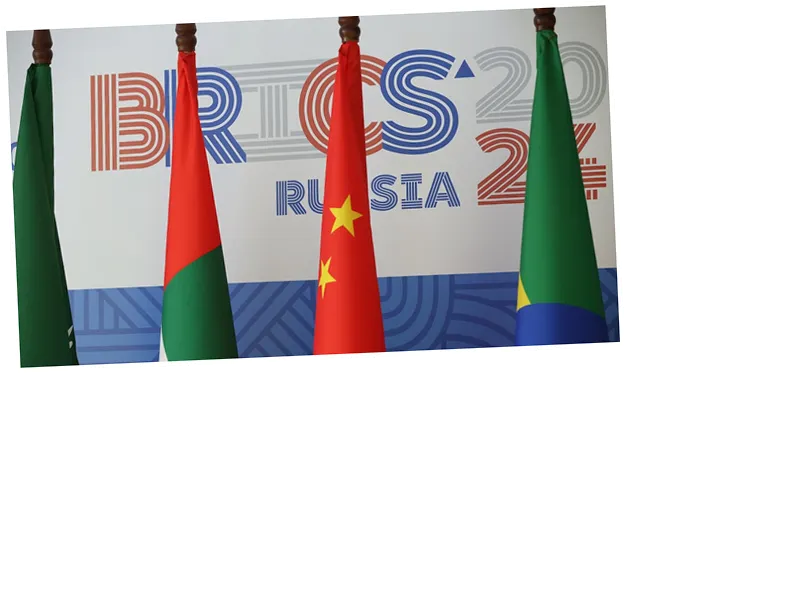Iran and Russia Strengthen Economic Ties Through Banking Link
In a significant move to bolster economic cooperation, Iran has officially linked its banking network with Russia's Mir payment system. The announcement was made during a ceremony in Tehran attended by Iranian Central Bank Governor Mohammad Reza Farzin and various banking executives. This initiative aims to enhance financial services for both nations, particularly in light of the extensive sanctions imposed by Western countries.
The integration of the Mir and Shtab networks will allow Iranian bank cardholders to withdraw money in rubles from ATMs in Russia, facilitating smoother transactions for Iranians traveling abroad. This development marks a historic first for Iranian citizens, who previously faced restrictions on using their bank cards internationally due to sanctions. The project is set to unfold in three phases, starting with enabling Iranians to withdraw cash in Russia, followed by services for Russian citizens in Iran, and ultimately allowing Iranian cards to be used for purchases in Russian stores.
Implications for Trade and Tourism
This banking link is expected to enhance trade and tourism between Iran and Russia, as both countries seek to reduce their reliance on Western financial systems. Recent statistics indicate that imports from Russia accounted for 2.42% of Iranian imports, and over 60,000 Russian tourists visited Iran in 2023. The agreement also aligns with a bilateral currency exchange initiative aimed at facilitating trade using the national currencies of both countries, the rial and the ruble, thereby minimizing the need for dollar or euro transactions.
However, experts express skepticism regarding the overall economic impact of this agreement. Economists like Isaac Saeedian argue that while the connection may ease trade operations, it is unlikely to significantly benefit the Iranian economy due to the ongoing sanctions. He noted that both Iran and Russia still face challenges in engaging with the global market, as they cannot fully circumvent the restrictions imposed by Western nations. Another economist, Peyman Molavi, echoed this sentiment, suggesting that the future of international finance may lean towards a multi-currency system, further isolating sanctioned countries like Iran and Russia.
Future Prospects and Challenges
While the banking link between Iran and Russia represents a step towards financial independence, analysts caution that it may not be a panacea for the economic difficulties faced by both nations. The need for broader connections with multiple countries remains critical for Iran to enhance its economic standing. As the geopolitical landscape evolves, the effectiveness of such agreements in mitigating the effects of sanctions will be closely monitored. The collaboration between Iran and Russia could pave the way for new economic strategies, but the long-term benefits remain uncertain.





